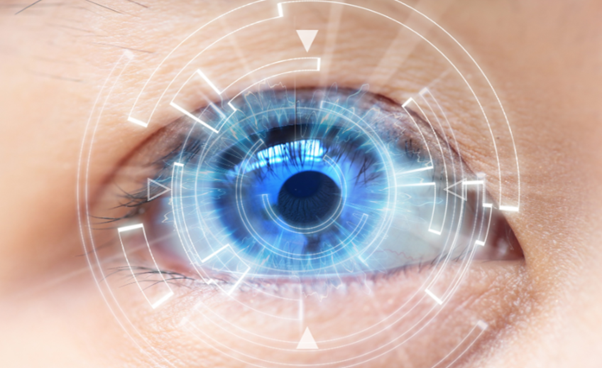A surgical procedure that aims to correct vision problems such as Myopia (nearsightedness), farsightedness, and astigmatism. LASIK works by reshaping the cornea, which is the clear front part of the eye that helps to focus light on the retina. Like any medical procedure, LASIK has its benefits and risks.
Benefits of LASIK:
Improved vision without Glasses: LASIK can correct refractive errors and improve vision, which can reduce or eliminate the need for glasses or contact lenses.
Quick recovery: The recovery time for LASIK is relatively quick, and most people can return to their normal activities within a few days.
Confident and Hassle Free Life Style: LASIK can be a life-changing procedure that can improve your vision and give you more confidence and freedom in your daily life. With LASIK, you can say goodbye to the hassle of glasses or contact lenses, and enjoy clearer vision without the need for corrective eyewear.
Not only LASIK can improve your visual acuity, but it can also boost your confidence and enhance your quality of life. Imagine waking up in the morning and being able to see the world around you clearly without the need for glasses or contacts.
LASIK can also make everyday activities such as driving, reading, and participating in sports much more enjoyable and hassle-free. With Lasik, you can live your life to the fullest without worrying about your vision holding you back.
Overall, LASIK can provide a safe and effective solution for those who want to live a more confident and hassle-free life.
Permanent results: LASIK provides a long-term solution to vision problems, and most people do not need additional treatment after the initial surgery.
Safe: LASIK is a safe procedure, and the risk of serious complications is low.
Risks of LASIK:
Dry eyes: LASIK can cause temporary or permanent dry eyes, which can be uncomfortable.
Glare and Halos: Some people may experience glare and halos around lights at night, which can affect their ability to drive at night.
Overcorrection or under correction: LASIK may result in overcorrection or under correction, which may require additional surgery.
Flap complications: LASIK involves creating a flap in the cornea, which can result in complications such as infections or dislodgement of the flap.
Regression: In some cases, the vision correction achieved by LASIK may not be permanent, and the person may experience regression of the correction over time.
Other Risks: LASIK may also result in other complications such as infection, inflammation, or scarring.
It is important to discuss the benefits and risks of LASIK with an eye doctor to determine whether the procedure is appropriate for your specific situation.
Prerequisites for LASIK
Age: LASIK is generally not recommended for people under the age of 18 or over the age of 40.
Prescription Stability: Your prescription should be stable for at least a year before undergoing LASIK surgery.
Corneal Thickness: LASIK involves creating a flap on the cornea to reshape it. People with thinner corneas may not be good candidates for the procedure.
Eye Diseases: If you have certain eye diseases, such as glaucoma, cataracts, or keratoconus, you may not be a good candidate for LASIK.
Pregnancy or Breastfeeding: Women who are pregnant or breastfeeding should wait until their hormone levels stabilize before considering LASIK surgery.
Dry eyes: LASIK can cause or worsen dry eye syndrome, so people with a history of dry eyes should be evaluated by an eye doctor before considering LASIK.
Contact Sports or Activities: If you participate in contact sports or activities that increase your risk of eye injury, LASIK may not be recommended.
Certain medications: Some medications, such as isotretinoin (Accutane) and immunosuppressant, can interfere with the healing process after LASIK.
It’s important to discuss these and any other potential risk factors with your eye doctor before undergoing LASIK surgery.


